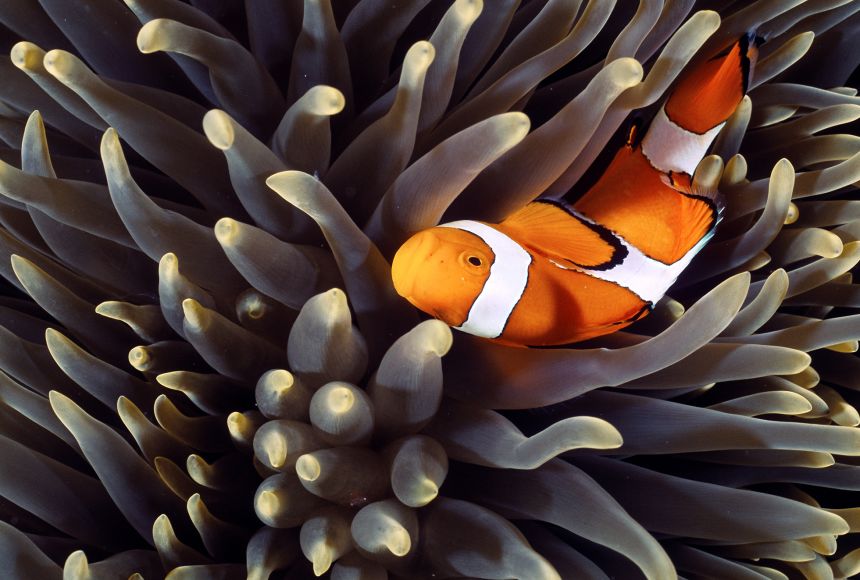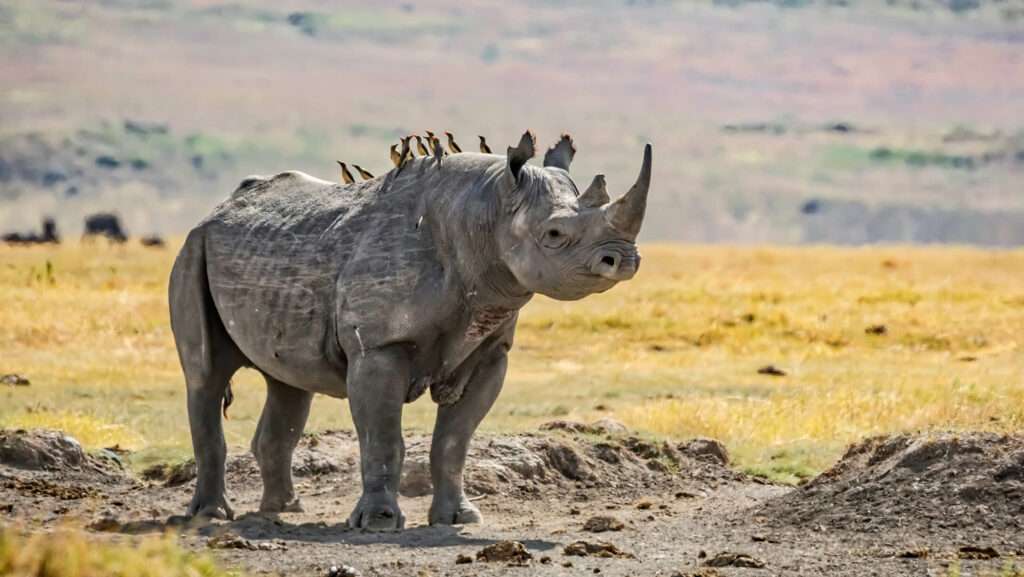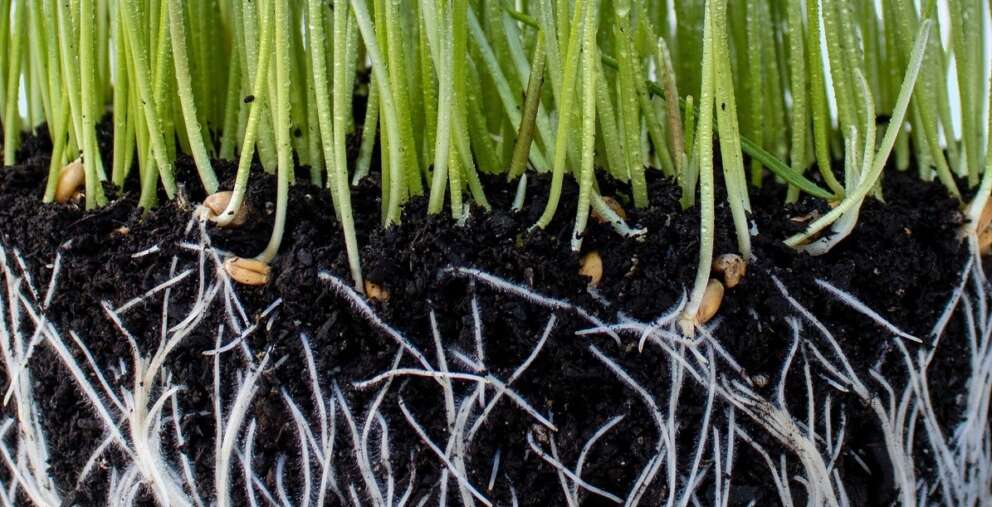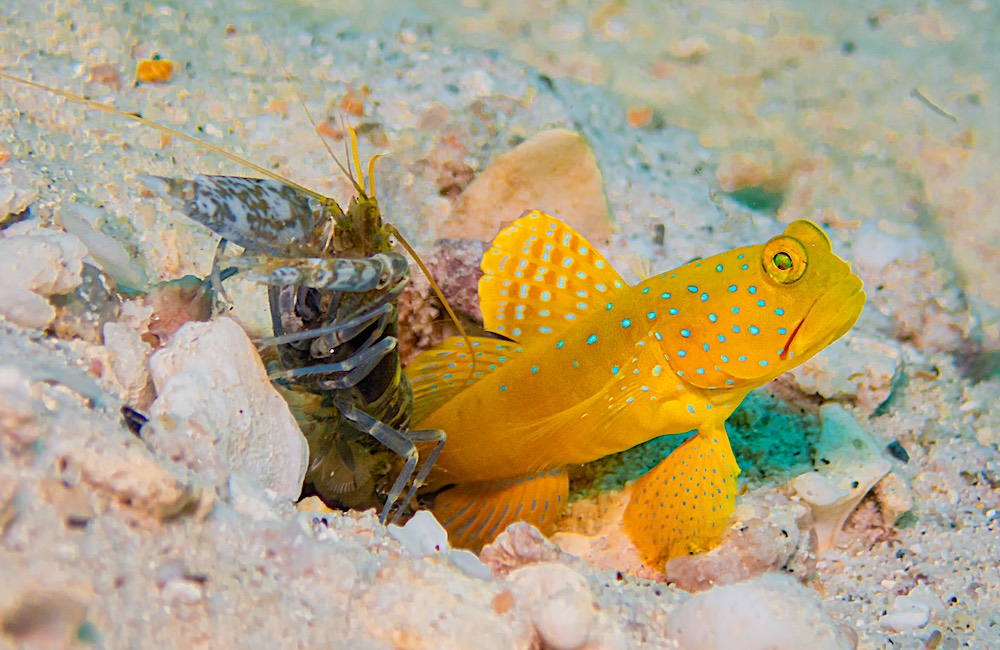Mutualism – Meaning, Type, And 10 Examples
Table of Contents
Mutualism is a broad subject often covered in schools, involving the relationship between two organisms that are widely recognized. In this blog, we aim to expand your understanding of mutualism, delving into its definition and providing various examples to enhance your knowledge.
Mutualism Definition
Mutualisms refer to interactions between two distinct species, where both organisms benefit from the relationship. These interactions are prevalent in various ecosystems and hold significant ecological importance, as scientists increasingly acknowledge.
Mutualisms typically fall under symbiotic relationships, wherein the two species coexist nearby for a certain period or throughout their lives. However, it’s important to note that not all symbiotic relationships qualify as mutualistic.
Mutualism stands in contrast to interspecific competition, which occurs when organisms belonging to different species vie for the same resource. In such cases, one individual or population may experience reduced fitness while the other gains an advantage.
Recommend: Commensalism – The Definition Of Commensalism And 10 Examples
Types of Mutualism
the following are the two types of mutualism
1. Obligate Mutualism
In obligate mutualism, the participating species exist nearby and rely on each other for survival. Their interdependence is so strong that the absence of one species would lead to the demise of the other. Consequently, they have evolved to coexist harmoniously. Lichens can exemplify this type of mutualism.
Lichens consist of a fungal component and an algal component. The fungi provide the algae with water and minerals, while the algae, predominantly green algae, supply the fungi with nutrients synthesized through photosynthesis.
The separation of these components, whether through scientific or laboratory methods, results in the death of both species. They are unable to grow and reproduce in the absence of each other. Hence, lichens serve as a perfect illustration of obligate mutualism.
2. Facultative Mutualism
Facultative mutualism refers to a type of mutualism where the participating species derive benefits from each other but are not completely reliant on one another for survival. In this form of mutualism, one species can still exist independently, even without the other. This is a more common occurrence in nature.
The interaction between plants and birds is an illustrative example of facultative mutualism. Plants produce fruits that serve as a food source for birds. In return, the birds aid in seed dispersal by carrying and excreting the seeds in distant locations away from the parent plant.
This mutually beneficial arrangement benefits the parent plant since its offspring can avoid competition for resources like space, light, and nutrients.
Examples Of Mutualism
Here are examples of mutualism
1. Bees and Flowers
One of the most prevalent examples of mutualism is the relationship between pollinators, such as bees, and flowering plants. Bees gather nectar and pollen from flowers in this symbiotic partnership while facilitating pollination.
Bees depend on the nectar and pollen they collect as a vital food source, while flowers rely on bees for effective pollination, which is crucial for their reproductive cycle. Beyond their role in pollinating garden flowers, bees are vital in pollinating food crops, making them indispensable for agricultural ecosystems.
2. Clownfish and Sea Anemones
Clownfish and sea anemones engage in a mutualistic relationship, wherein the clownfish seek shelter and protection among the stinging tentacles of sea anemones.
In exchange for this sanctuary, clownfish attract other fish to the anemone, which becomes prey to the anemone’s stinging tentacles. The clownfish have a unique adaptation in which they secrete mucus that coats their bodies, protecting against the sea anemone’s stings. This adaptation enables the mutualistic bond between the two species to thrive.
3. Oxpeckers and Rhinoceroses
Oxpeckers, a bird species closely related to starlings, have a mutualistic relationship with rhinoceroses. These small birds fulfil a beneficial role by feeding on parasites and ticks on the rhinoceros’ skin.
In return, the rhinoceros serves as a food source for the oxpeckers. The oxpeckers help remove parasites from the rhinos and act as an alarm system, alerting them to potential threats in the vicinity. Due to their role in safeguarding rhinos, oxpeckers are often called “the rhinos’ guard.”
4. Cleaner fish and Largerfish
Cleaner fish and larger fish engage in a mutualistic relationship, wherein the cleaner fish offer a valuable cleaning service by removing parasites and eliminating dead or infected skin from the larger fish.
In exchange for this grooming service, the larger fish provide a source of food for the cleaner fish. This mutualistic interaction is particularly remarkable since, in theory, the larger fish could consume the cleaner fish if desired. Nonetheless, they recognize the benefits of this symbiotic relationship and allow the cleaner fish to perform their important role.
5. Mycorrhizal Fungi and Plants
Mycorrhizal fungi establish a mutualistic association with around 90% of the plant species present on Earth. These fungi form a symbiotic bond by attaching themselves to the roots of plants and supplying them with essential nutrients, including phosphorus and nitrogen, to support their growth.
In exchange for these nutrients, the plant reciprocates by providing the fungi with a source of carbohydrates. This mutual resource exchange strengthens the fungi and the plants involved in this beneficial relationship.
6. Ants and Acacia Trees
Ants and acacia trees maintain a symbiotic relationship in which ants protect the acacia tree against potential herbivores like elephants and giraffes. In exchange, the tree provides the ant’s shelter and sustenance through nectar and protein-rich nutrients.
In African ecosystems, acacia trees greatly benefit from the presence of these ants, as they effectively deter herbivores. Whenever giraffes or elephants attempt to consume the acacia tree leaves, the ants swarm and deter them from feeding on the foliage. This mutually beneficial partnership ensures the ants’ and acacia trees’ survival and well-being.
7. Figs and Fig Wasps
Various species of fig trees exhibit a unique reliance on wasps for pollination, which is crucial for fruit production. Specifically, fig wasps play a vital role in pollinating these trees by entering their flowers. As part of their life cycle, female fig wasps lay their eggs inside the fig’s fruit after pollination.
Subsequently, the hatched wasp larvae consume the fig, utilizing it as a nutrient-rich food source while they undergo development. This intricate relationship between fig trees and fig wasps ensures the trees’ pollination and the wasp larvae’s nourishment.
8. Ants and Aphids
Aphids, tiny insects that extract sap from plants, produce a sweet liquid known as honeydew. Ants take advantage of this honeydew as a food source. In exchange, ants offer protection to the aphids by defending them against predators such as hoverflies and wasps and safeguarding them from parasites.
This mutually beneficial arrangement allows the aphids to thrive in protected communities and benefits the ants by providing them with a valuable food resource.
9. Pitcher Plants and Wooly Bats
Pitcher plants are insectivorous, tubular structures featuring nectar-laden rims that trap small insects. Woolly bats, a species of diminutive bats, utilize pitcher plants as roosting sites. The pitcher plants serve as a comfortable sanctuary for the woolly bats, while the bats, in turn, provide the plants with guano (bat droppings).
This guano acts as a valuable source of nitrogen and other essential nutrients for the growth and nourishment of the pitcher plants. Thus, this mutualistic relationship between pitcher plants and woolly bats involves a reciprocal exchange of benefits that contributes to the well-being of both species.
10. Gobies and Pistol Shrimp
Gobies, small fish in shallow subtropical waters, inhabit the sandy ocean floor and make their homes in small holes or caves. Interestingly, gobies do not excavate these burrows themselves; instead, they rely on pistol shrimp, brightly coloured shrimp species, to perform the digging.
In a mutually beneficial arrangement, gobies reciprocate by guiding the pistol shrimp with limited eyesight. The shrimp rely on the gobies to safely navigate outside the burrow. Gobies signal potential threats by flicking their tails, alerting the shrimp to return to the burrow for protection. This cooperative interaction ensures the safety and survival of the gobies and the pistol shrimp in their shared environment.






